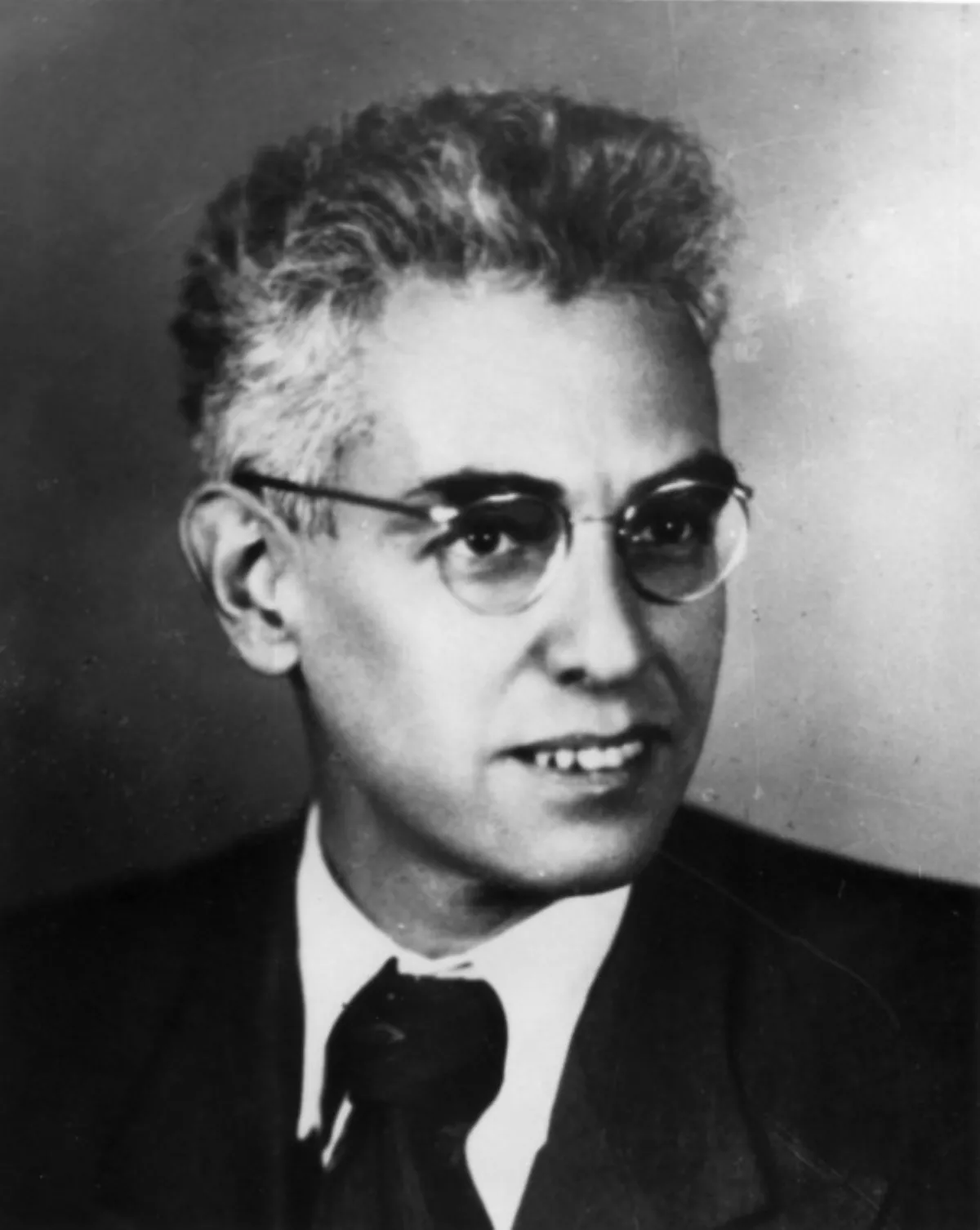 1.
1. Alexander Luria developed an extensive and original battery of neuropsychological tests during his clinical work with brain-injured victims of World War II, which are still used in various forms.

 1.
1. Alexander Luria developed an extensive and original battery of neuropsychological tests during his clinical work with brain-injured victims of World War II, which are still used in various forms.
Alexander Luria made an in-depth analysis of the functioning of various brain regions and integrative processes of the brain in general.
Alexander Luria became famous for his studies of low-educated populations of nomadic Uzbeks in the Uzbek SSR arguing that they demonstrate different psychological performance from their contemporaries and compatriots under the economically more developed conditions of socialist collective farming.
Alexander Luria was one of the founders of cultural-historical psychology and a colleague of Lev Vygotsky.
Apart from his work with Vygotsky, Alexander Luria is widely known for two extraordinary psychological case studies: The Mind of a Mnemonist, about Solomon Shereshevsky, who had highly advanced memory; and The Man with a Shattered World, about Lev Zasetsky, a man with a severe traumatic brain injury.
Alexander Luria was born on 16 July 1902, to Jewish parents in Kazan, a regional centre east of Moscow.
Alexander Luria was one of two children; his younger sister Lydia became a practicing psychiatrist.
Alexander Luria finished school ahead of schedule and completed his first degree in 1921 at Kazan State University.
In Moscow, Alexander Luria was offered a position at the Moscow State Institute of Experimental Psychology, run from November 1923 by Konstantin Kornilov.
In 1924, Alexander Luria met Lev Vygotsky, who would influence him greatly.
Independently of Vygotsky, Alexander Luria developed the ingenious "combined motor method", which helped diagnose individuals' hidden or subdued emotional and thought processes.
In 1937, Alexander Luria submitted the manuscript in Russian and defended it as a doctoral dissertation at the University of Tbilisi.
Alexander Luria wrote three books during the 1920s after moving to Moscow, The Nature of Human Conflicts, Speech and Intellect in Child Development, and Speech and Intellect of Urban, Rural and Homeless Children.
Alexander Luria's work continued in this field with expeditions to Central Asia.
Under the supervision of Vygotsky, Alexander Luria investigated various psychological changes that take place as a result of cultural development of undereducated minorities.
Alexander Luria studied identical and fraternal twins in large residential schools to determine the interplay of various factors of cultural and genetic human development.
Alexander Luria was appointed Doctor of Medical Sciences in 1943 and Professor in 1944.
Alexander Luria's mother survived several more years, dying in 1950.
Alexander Luria said publicly that his own interests were limited to a specific examination of "Pavlov's second signal system" and did not concern Pavlov's simplified primary explanation of human behavior as based on a "conditioned reflex by means of positive reinforcement".
Alexander Luria's continued interest in the regulative function of speech was further revisited in the mid-1950s and was summarized in his 1957 monograph titled The Role of Speech in the Regulation of Normal and Abnormal Behavior.
In studying memory disorders, Alexander Luria oriented his research to the distinction of long-term memory, short-term memory, and semantic memory.
The volume confirmed Alexander Luria's long sustained interest in studying the pathology of frontal lobe damage as compromising the seat of higher-order voluntary and intentional planning.
Alexander Luria published his well-known book The Working Brain in 1973 as a concise adjunct volume to his 1962 book Higher Cortical Functions in Man.
In 1974 and 1976, Alexander Luria presented successively his two-volume research study titled The Neuropsychology of Memory.
Alexander Luria's book written in the 1960s titled Basic Problems of Neurolinguistics was finally published in 1975, and was matched by his last book, Language and Cognition, published posthumously in 1980.
Alexander Luria's last co-edited book, with Homskaya, was titled Problems of Neuropsychology and appeared in 1977.
Alexander Luria was first to identify the fundamental role of the frontal lobes in sustained attention, flexibility of behaviour, and self-organization.
The Alexander Luria-Nebraska is a standardized test based on Alexander Luria's theories regarding neuropsychological functioning.
Alexander Luria was not part of the team that originally standardized this test; he was only indirectly referenced by other researchers as a scholar who had published relevant results in the field of neuropsychology.
Anecdotally, when Alexander Luria first had the battery described to him he commented that he had expected that someone would eventually do something like this with his original research.